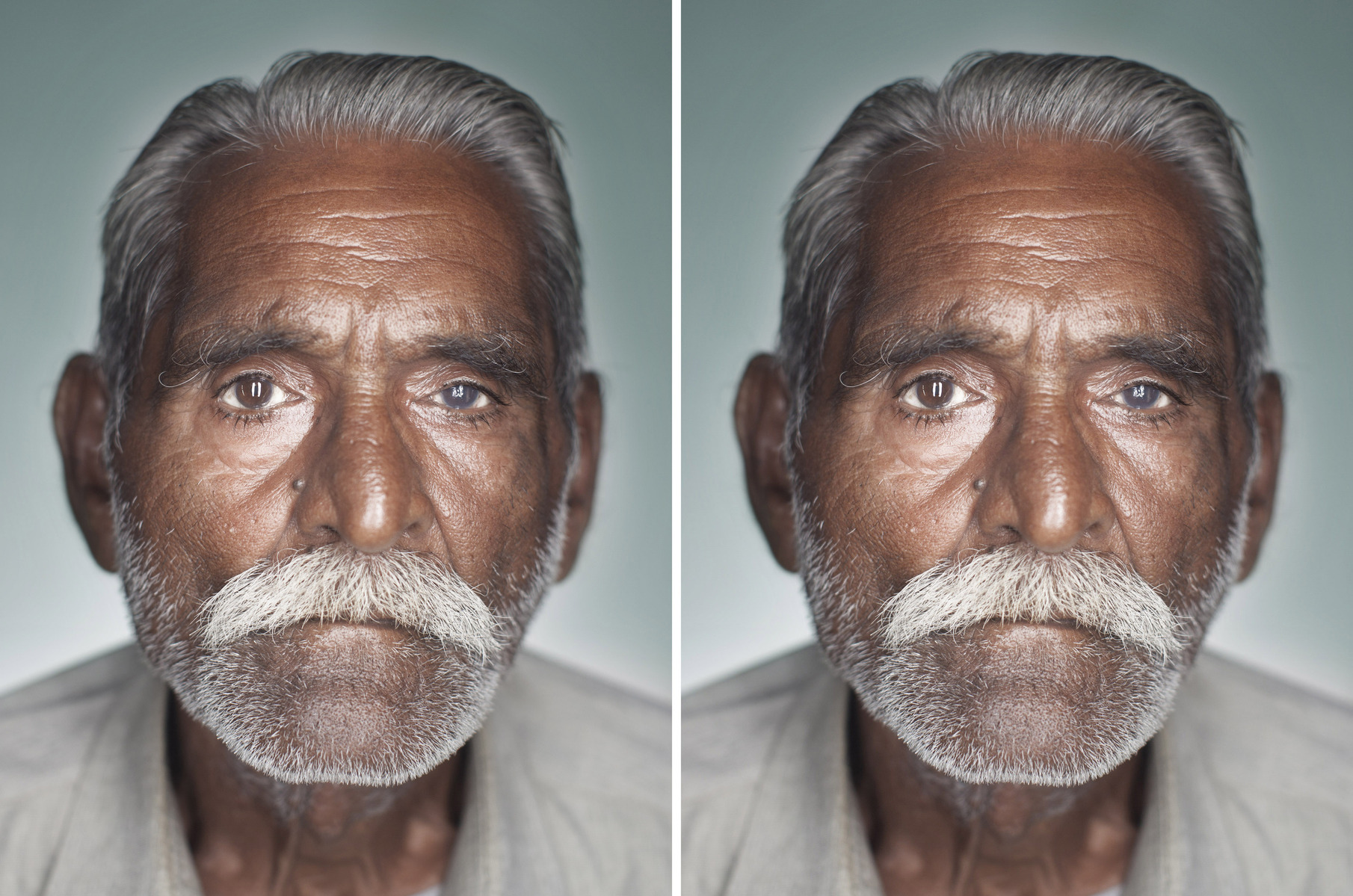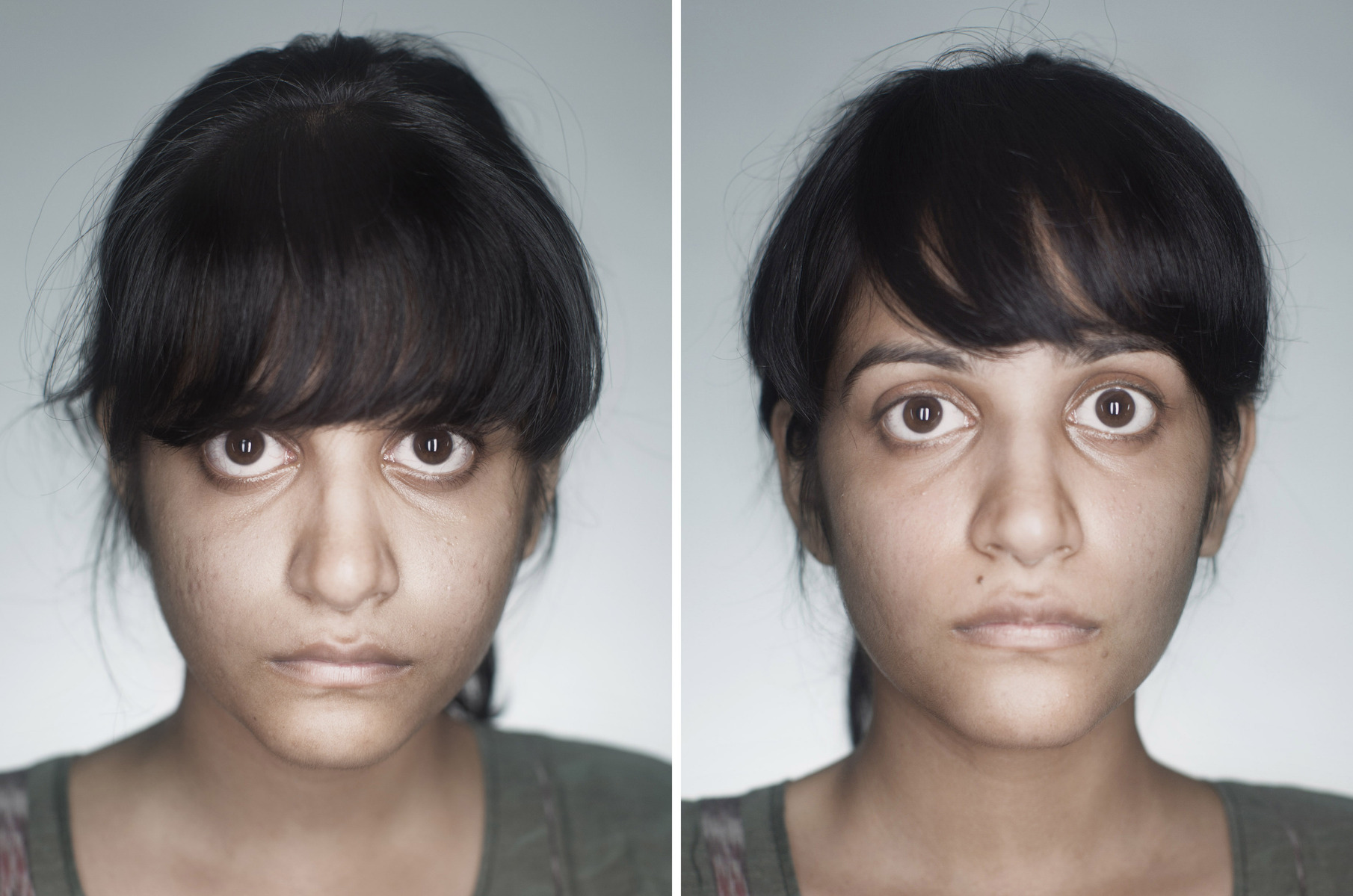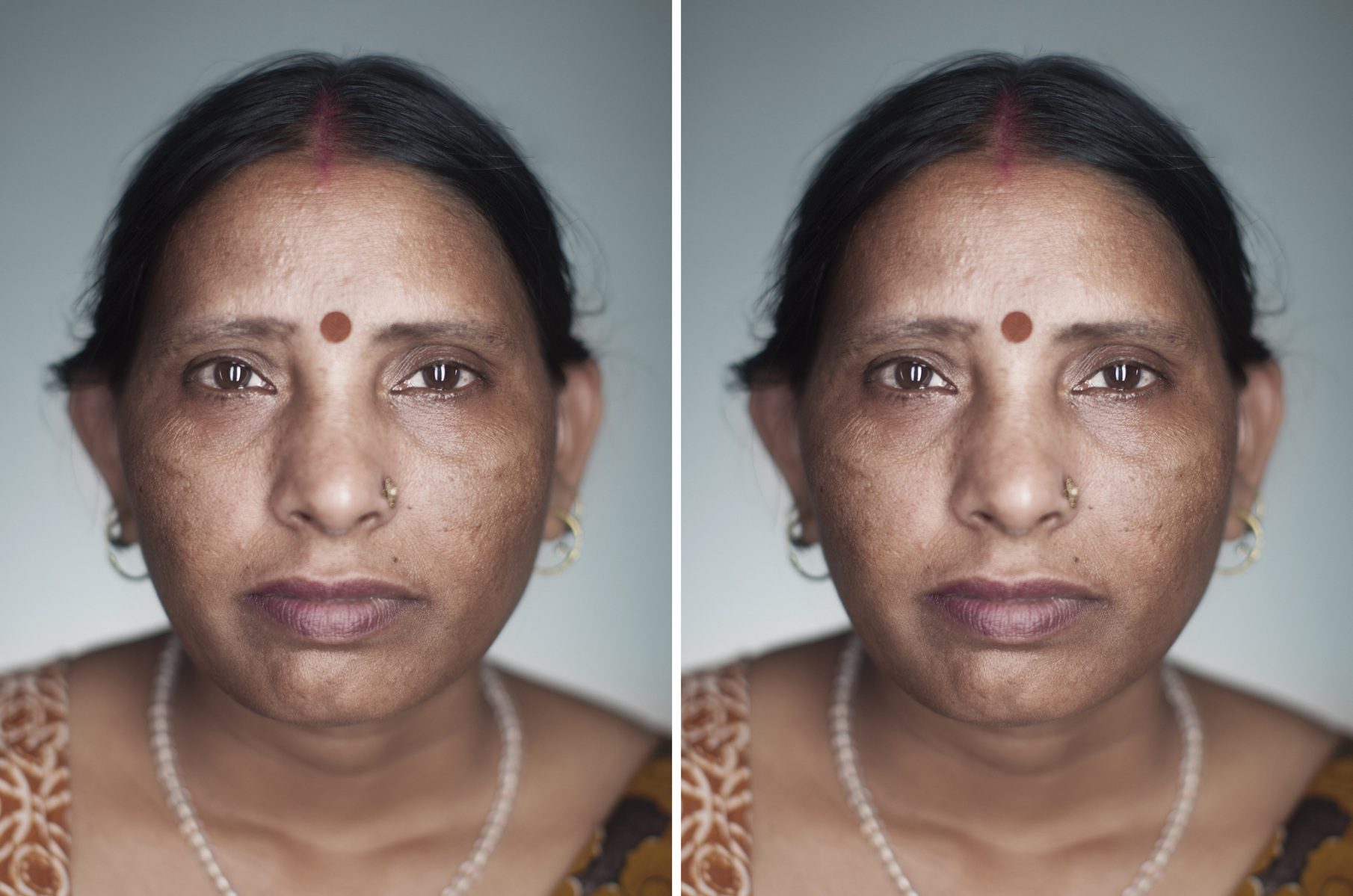BEFORE AND AFTER
The human body carries meaning on its surface, but meaning is negotiated in relation to and in comparison with other bodies. It is through this comparison that the idea of beauty is made apparent: not as something possessed in itself, but as a characteristic that is socially bestowed, and that the possessor has the power to negotiate, to change, and to enhance.
It is the surface of the human body (i.e. the skin) that is valued visually, and superficially. By offering the tools to change or “fix” ones personal appearance in order to adhere to mythic ideals of beauty, marketers, manufacturers and the media create a ceaseless need to buy in order to beautify.
My attempt was to excavate the tricking of consumers into buying something, by unearthing half stories and half truths. Beauty is such a highly subjective, constantly evolving idea. Yet it is also increasingly standardized. A globalized consumerism has led to an incessant need for buying to beautify and instant gratification.
Traditional ‘before and after’ diptychs tell an obvious story. I've tried to challenge the perceptions of the viewer, and crush the notion of a "Before" and "After", by using the formula of repetition to evoke multiple ways of “seeing” an image or “seeing” beauty itself.
As habit the viewer, looking back and forth, looks for a change or remedy in the ‘After’ image, but instead is forced to question the need for a beauty ideal, and in turn, of the products that enable that template of beauty.
This time the aim is to question instead of to compare.



